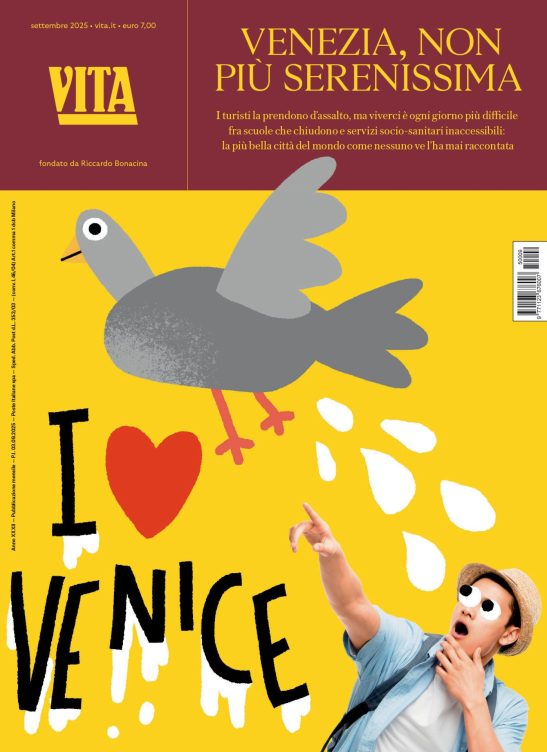Mondo
USA: Heart wins over the mind in giving
Donors are more sympathetic to a single starving child than to two. And they want their money to go to directly to a good cause say findings of recent research
Donors are more sympathetic to a single starving child than to two. And they want their money to go to directly to a good cause. These are two of the many findings that were presented at a conference, Experimental approaches to the study of charitable giving, at Princeton University in July.
Some of the established fundraising principles that charities rely on for their campaigns have been shaken by the results of a number of studies and experiments carried out by academics specialised in the workings of altruism.
For example, the results suggest that charities may be too sceptical when it comes judging the commitment of volunteers and donors who do not have an obvious bond to a particular cause. ?Don?t underestimate how much people care about your organisation, even if they don?t have a personal connection to it? said Rebecca Ratner, an associate professor of marketing at the University of Maryland.
Donors are also more likely to divide their donations between three organisations equally rather than favouring a single organisation and many donors don?t want their money to be spent on marketing and running costs. ?Charities can capitalise on this information by providing many different ways for people to give – said Michal Strahilevitz, associate professor of marketing at Golden Gate University – for example a donor who supports a charity by sponsoring a child, paying for school supplies and supporting advocacy may feel more satisfied than a supporter who gives the same amount to a single program within the organisation?.
One experiment showed that appeals to the heart win over appeals to the mind. Potential donors who were shown a picture of Rokia, a 7 year old child facing starvation in Mali were found to be more likely to give when the image was not accompanied by information about the crisis being lived by the child, such as statistics on the scale of poverty in Africa.
Another experiment demonstrated that the emotional impact of an image portraying a single suffering individual was stronger than the image two suffering individuals. ?We cannot wrap our minds around two people as well as around one? said one of the researchers, Mr Slovic, a psychology professor at the University of Oregon, who added that ?people?s instincts fail them when responding to large-scale crises?.
During the event at Princeton, many of the speakers highlighted that evoking emotions that encourage people to give money away, such as sympathy, guilt and empathy is a challenging endeavour. ?The tears have been dried off? said Mr Slovic, ?the question is, how do we put the tears back on??.
?Painful? fundraising may be answer, or at least this is what graduate psychology student Chris Olivola suggests. He asked people how much they would donate to an imaginary fundraising event and found that while they were prepared to give $25 to participate in a five mile run they would only give $15 to attend a picnic. In a second study participants had to put their hands in a pool of freezing water before contributing to a common fund. The result? People gave more after suffering than when they didn?t suffer.
?When you have to work hard for a cause then you become more involved and more motivated to help? explained Olivola. He plans to soon test whether pain induced fund-raising work equally well for all causes.
Cosa fa VITA?
Da 30 anni VITA è la testata di riferimento dell’innovazione sociale, dell’attivismo civico e del Terzo settore. Siamo un’impresa sociale senza scopo di lucro: raccontiamo storie, promuoviamo campagne, interpelliamo le imprese, la politica e le istituzioni per promuovere i valori dell’interesse generale e del bene comune. Se riusciamo a farlo è grazie a chi decide di sostenerci.
